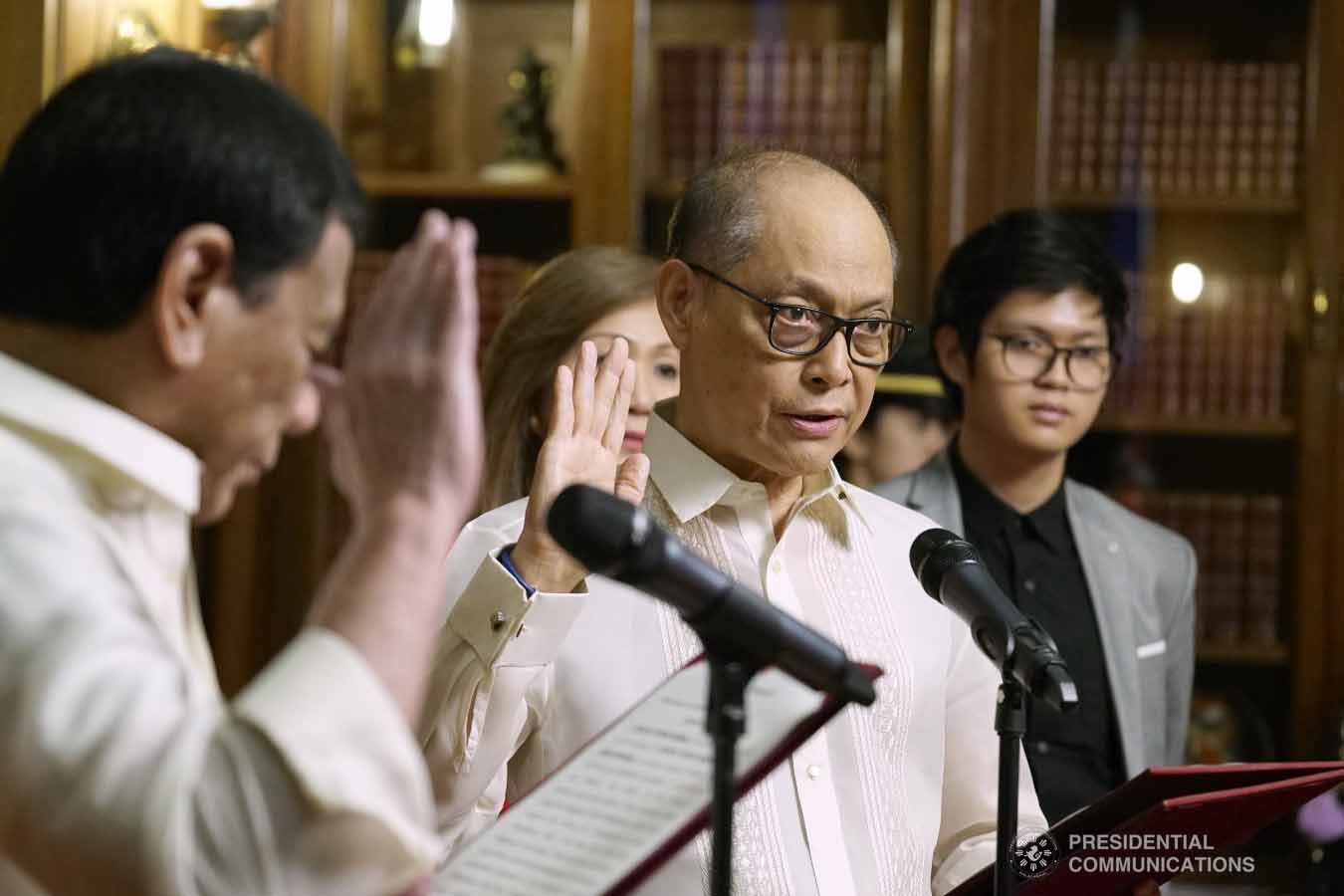By PressOnePH

BSP Gov. Benjamin Diokno
The Bangko Sentral ng Pilipinas (BSP) is going full-on growth mode.
Just a day after slashing borrowing costs, the central bank announced on Friday that it ordered banks to free up around P100 billion from their vaults to support lending and economic activity starting November.
In a statement, the BSP said its policy-making Monetary Board approved on Thursday a 100-basis-point (bps) reduction in bank reserve requirements to “increase domestic liquidity in support of credit activity.”
“The cut in reserve requirements is in line with the BSP’s broad financial sector reform agenda to promote a more efficient financial system by lowering financial intermediation costs,” the central bank said.
The order was announced by the BSP late Friday despite reporters inquiring about bank reserves on its Thursday briefing after a regular meeting. BSP has consistently said that reducing required reserves was a “live issue” among its seven-member Monetary Board.
Starting November, big banks will have to keep 15 percent worth of reserves, down from 16 percent. Thrift lenders will reduce reserves to five percent, while countryside banks will cut theirs to a lower three percent.
The latest development caps the BSP’s latest effort to support a local economy losing steam, under the helm of Gov. Benjamin Diokno, whose dovish signals have not disappointed markets by consistently being followed by actual policy decisions.
Diokno, who left President Rodrigo Duterte’s Cabinet for the BSP last March, began his three-year term by redialing 75 bps of his predecessor’s 175 bps hike in policy rates last year through cuts of 25 bps each in May, August and September.
On top of rate cuts, Diokno also spearheaded an acceleration in reserve requirement reduction. Before the latest decrease, 200 bps were trimmed from bank reserves on three phases from May to July.
Diokno, once in-charge of Duterte’s high spending program, is taking advantage of a slowing inflation to unleash more money to the economy that grew at a four-year low of 5.5 percent in the second quarter.
BSP data showed he was slowly succeeding on pump priming lending activity. Money supply rose 6.7 percent in July, faster than 6.4 percent in June, albeit still down from double-digit levels seen last year.
Bank lending rose 11.1 percent by end-July, up from 10.5 percent during the first six months.
The central bank expects to inflation to remain on the downtrend toward the year-end, partly because of high base from last year’s record-breaking consumer prices, before rising again in 2020. Analysts expect the BSP to continue to cut rates with two policy meetings left for the year.
Government data showed inflation slowed to 1.7 percent in August, down from 6.4 percent in the same period a year ago.
For the first eight months of the year, inflation has settled to three percent, falling within the government’s two- to four-percent target for the year.